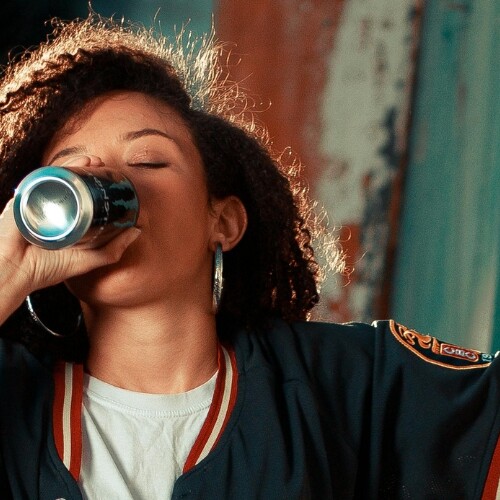Share this article:
Related Resources
CPG in 2025: The Flavorful, Functional & Fan-Driven Future of Consumer Goods
The Consumer Packaged Goods (CPG) industry is undergoing a massive transformation, shaped by evolving consumer…
From Idea to Icon: The Life Cycle of a Super Bowl Ad
From Idea to Icon: The Life Cycle of a Super Bowl AdA…
Seizing Business Opportunities in the GLP Era
While GLP medications disrupt traditional health and wellness models, they also present unique opportunities for…
The Generational Shifts in Health and Wellness: What It Means for Businesses
As consumers increasingly prioritize health and wellness, generational preferences and behaviors are driving a…




